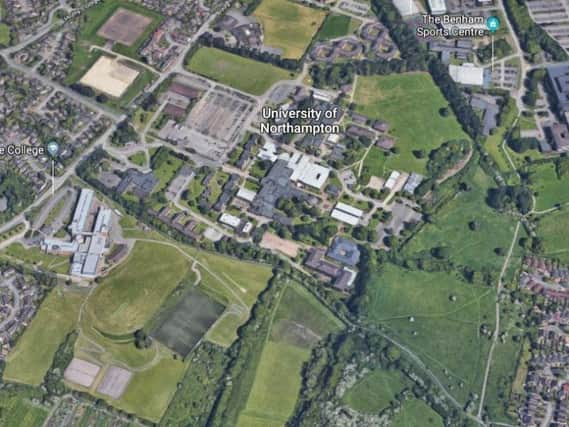Developer dismantles 700-year-old wall at Northampton building site


But Persimmon Homes has moved to allay fears of history lovers that the ancient site, off Boughton Green Road, will vanish completely.
The company said it is in fact slowly moving the wall - which is inscribed with stonemasons' marks relating to different parts of the town and county - slightly closer to the houses.
Advertisement
Hide AdAdvertisement
Hide AdResponding to complaints from local residents, a spokeswoman for Persimmon Homes Midlands said: “As a requirement of the outline planning consent for this development, we are preparing to undertake road widening work to reconfigure the existing entrances to the site.
“A section of wall, approximately 60 metres in length, needs to be relocated 1.2 metres further into our site.
"The wall is being carefully dismantled by hand will be reconstructed using the original stones.
"This work has been approved by the local authority and we aim to start re-erecting the wall in the next four weeks.”
Advertisement
Hide AdAdvertisement
Hide AdThe wall seems to have been constructed sometime in the 12th Century and once formed the edge of the King's deer park.
Over the centuries the area was developed and the wall has lately run along the edge of Park Campus, near the Parklands estate and near Boughton Green Road.
Aside from its age, the wall's significance to the heritage of the town lies in the fact that stonemasons' marks show which communities were responsible for its upkeep.
Stones relating to Dallington, Heyford, Rothersthorpe, Islip, Drayton and Clipston have all been discovered showing the villagers had to pay for that stretch to be repaired.